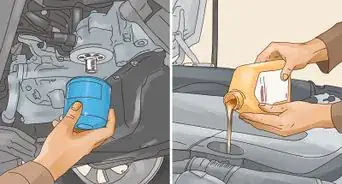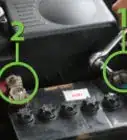wikiHow is a “wiki,” similar to Wikipedia, which means that many of our articles are co-written by multiple authors. To create this article, 9 people, some anonymous, worked to edit and improve it over time.
There are 9 references cited in this article, which can be found at the bottom of the page.
This article has been viewed 73,387 times.
Learn more...
Turbochargers come in all sorts of sizes and specifications in order to cover a wide range of applications and serve many different purposes. The way a turbocharger works is, the exhaust gases from an engine spin the exhaust turbine, which is connected to the intake turbine by a shaft. Thus, the intake turbine spins as the exhaust turbine does, inducing air flow into the intake side of the turbo. This air flow is pressurized by the intake turbine and is forced into intercooler piping. The air flows through the intercooler piping, through the intercooler where it sees a drop in temperature, through more intercooler piping, and finally into the intake manifold on the car. From there the air is forced into the engine so that there is more air being forced into each cylinder.
Turbochargers are very effective for making engines more powerful and are an alternative to swapping a smaller displacement for a larger one for the sake of power gains. For cars that are turbocharged from the factory, swapping in a larger turbocharger is one of the most cost effective ways to gain more power.
Steps
Installing a New/Different Turbo on a Factory Turbocharged Vehicle
-
1Research your vehicle. Read forums to help decide which turbocharger will best suit your needs and power goals.
- Research what supporting modifications, if any, will be necessary to maintain your vehicle's reliability with your new turbocharger.
-
2Purchase your supplies. You'll need a new turbocharger, new gaskets, and any necessary supporting parts for the installation.Advertisement
-
3Spray the nuts and studs, or bolts on your exhaust manifold with penetrating lubricant.
-
4Disconnect the negative battery cable.[1]
-
5Use a floor jack in order to raise your vehicle off of the ground. This will make sure you are able to work underneath the front of the car, but make sure that you are able to comfortably reach the exhaust manifold and turbocharger from the top of the engine bay. Once you find the correct height, place jack stands under the car and remove the jack.[2]
-
6Locate the downpipe (the exhaust pipe connecting your turbo and the rest of the exhaust). Remove the bolts that are holding the turbo and the downpipe together.
-
7Loosen the clamp or bolts holding the intake piping to the turbocharger. Remove the piping.
-
8Loosen the clamp or bolts holding the intercooler piping to the turbo. Remove the piping.
-
9Locate any and all coolant or oil lines that are connected to the turbo. Disconnect them.
-
10Clamp or plug the coolant and/or oil lines in order to keep them from leaking fluid and creating a mess.
-
11Disconnect the vacuum line connected to the wastegate.
-
12Loosen all of the exhaust manifold nuts or bolts. Do not fully remove them until you are prepared to support the weight of the turbo charger and manifold.
-
13Lift or lower the turbo and manifold slowly and carefully. Depending on the vehicle, it may be easier to remove the turbo and manifold through the top of the engine bay, or through the bottom.
-
14Remove the fasteners holding the turbo to the exhaust manifold. These can be tricky as well, and may need some penetrating lubricant to avoid breakage.
-
15Mate the new turbo and the exhaust manifold with the new gasket in between, and tighten the fasteners.
-
16Raise or lower the new turbo and exhaust manifold combination into the engine bay the same way that the old unit was removed.
-
17Check to make sure that the exhaust manifold gasket is in place. Fasten the manifold to the engine.
-
18Unplug or unclamp the coolant and/or oil lines. Fasten them to the new turbo with new gaskets.
-
19Fasten the intercooler pipe to the new turbo.
-
20Fasten the intake pipe to the new turbo.
-
21Reconnect the vacuum line to the wastegate. Secure with a small zip tie or hose clamp.
-
22Fasten the downpipe to the new turbo.
-
23Double check to make sure everything is back to how it was before the removal.
-
24Lower the vehicle.
-
25Re-connect the negative battery cable.
-
26If the new turbo is different from the previous turbo in any way, set an appointment with an engine calibration tuner before driving the vehicle around. This is a very important step for the reliability, health, and performance of your vehicle.
Installing a Turbo on a Non-Turbocharged Vehicle
-
1Research your vehicle. Read forums to help decide which turbocharger or turbo kit will best suit your needs and power goals, yet will not exceed the abilities of your engine internals.
- Research what supporting modifications, if any, will be necessary to maintain your vehicle's reliability with your new turbocharger.
-
2Purchase your supplies. You'll need a new turbocharger, gaskets, intercooler, intercooler piping, blow off valve, exhaust manifold, oil lines, coolant lines, injectors (if larger ones are needed), fuel pump (if a larger one is needed), boost controller, downpipe, programmable ECU (if needed), tapped oil pan (if you are not tapping your stock oil pan), and some really helpful gauges such as a wideband air/fuel ratio gauge and a boost gauge.
-
3Spray the nuts and studs, or bolts on your exhaust manifold with penetrating lubricant.
-
4Disconnect the negative battery cable.[3]
-
5Use a floor jack in order to raise your vehicle off of the ground. This will ensure you are able to work underneath the front of the car. Make sure that you are able to comfortably reach the exhaust manifold from the top of the engine bay. Once you find the correct height, place jack stands under the car and remove the jack.[4]
-
6Locate where the exhaust manifold/header meets the rest of the exhaust. Remove the bolts that are holding the pipes together.
-
7Loosen the clamp holding the intake piping to the throttle body. Remove the piping.
-
8Loosen all of the exhaust manifold nuts or bolts. Do not fully remove them until you are prepared to support the weight of the exhaust manifold/header.
-
9Lift or lower the manifold and remove it from the engine bay.
-
10Drain the oil from the oil pan.
-
11Remove all of the bolts holding the oil pan to the engine block. Remove the pan.
-
12Tap the stock oil pan for the oil return line. Re-install it with a new gasket, or install the modified oil pan that you purchased with a new gasket.
-
13Research your vehicle to find the best place to siphon oil flow for the turbo oil feed line. Install the proper fitting to connect it to the feed line on the turbo.
-
14Remove the front bumper cover.
-
15Install the intercooler by bolting it to the front of the radiator core support.
-
16Mate the turbo and manifold and be sure to use the gasket in between.
-
17Attach all oil and coolant lines to the turbo if they are not already attached.
-
18Raise or lower the turbo and exhaust manifold combination into the engine bay.
-
19Check to make sure that the exhaust manifold gasket is in place. Fasten the manifold to the engine.
-
20Connect the oil and coolant feed and return lines from the turbo to the engine
-
21Fasten the intercooler pipe to the new turbo.
-
22Connect the other end of the intercooler pipe coming from the turbo to the intercooler.
-
23Connect the other intercooler pipe to the other side of the intercooler. Then connect the other end to the throttle body.
-
24Fasten the intake pipe to the turbo. Make sure to fasten the air filter to the intake pipe.
-
25Bolt the downpipe to the exhaust side of the turbo.
-
26Bolt the other end of the downpipe to the rest of the exhaust.
-
27Mount the boost controller in a secure place. Follow the instructions provided for routing the vacuum lines.
-
28Lower your vehicle.
-
29Re-install the front bumper cover.
-
30Remove the stock injectors and install the larger injectors if needed.
-
31Remove the stock fuel pump and install the new one if necessary.
-
32Double check to make sure everything is tightened and installed correctly.
-
33Fill the engine with oil.
-
34Go inside the vehicle.
-
35Follow the instructions provided with the gauges for install, if you did indeed purchase the gauges.
-
36Install the programmable ECU per the instructions provided if a programmable ECU is necessary in order to tune your vehicle.
-
37Re-connect the negative battery cable.
-
38Find a local tuner and have them tune the car for your setup.
Community Q&A
-
QuestionWould this apply if I wanted to install a twin turbo?
 Community AnswerNot exactly. The engine must be designed for turbo charging (meaning a lower compression ratio). The intake and exhaust manifolds would be different as well.
Community AnswerNot exactly. The engine must be designed for turbo charging (meaning a lower compression ratio). The intake and exhaust manifolds would be different as well.
Warnings
- Be careful when handling the turbo, for the blades are thin and if they are bent in any way balance and functionality of the turbocharger.⧼thumbs_response⧽
Things You'll Need
- Sockets
- Box Wrenches
- Ratchets
- Drain pan
- Drill
- Floor Jack
- Jack Stands
- Drill bits
- Thread taps
- Penetrating Oil
- All necessary parts
References
- ↑ https://www.howcast.com/videos/356331-how-to-disconnect-a-car-battery
- ↑ https://www.familyhandyman.com/automotive/tires/car-repair-car-jack-safety/
- ↑ https://www.youtube.com/watch?v=xzG2tvp68mQ
- ↑ https://www.dummies.com/home-garden/car-repair/how-to-safely-jack-up-your-vehicle/
- https://www.nomaallim.com/replacing-your-turbo.html
- https://www.torquecars.com/tuning/adding-turbo.php
- https://www.howacarworks.com/modifications/installing-a-turbocharger
- https://www.youtube.com/watch?v=6lss7Rh7EzQ
- 5 Ways To Prepare Your Car For Turbocharging
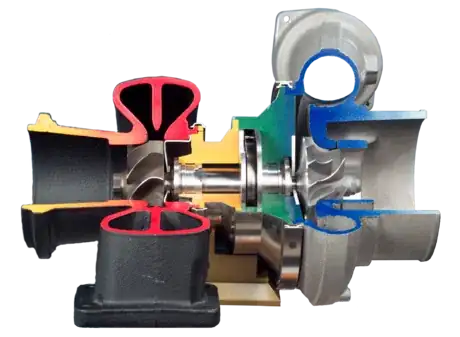
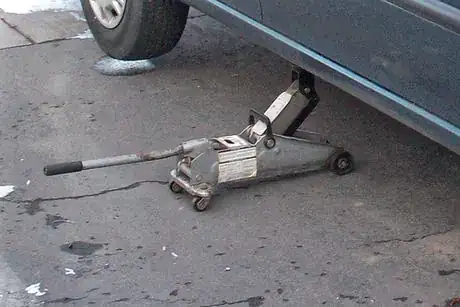
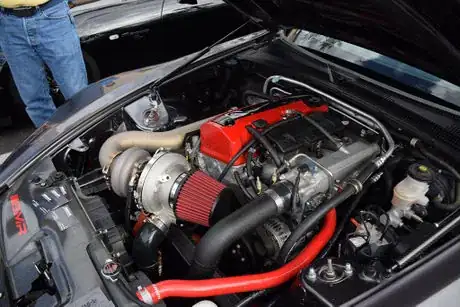
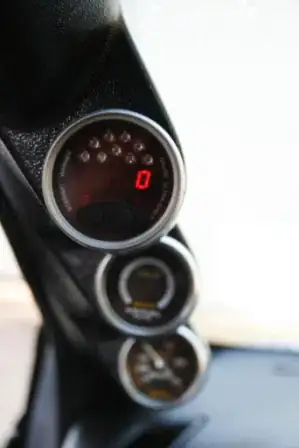
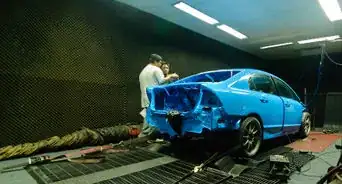
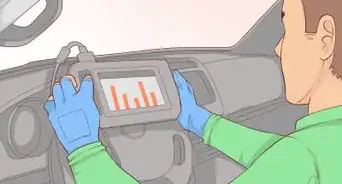

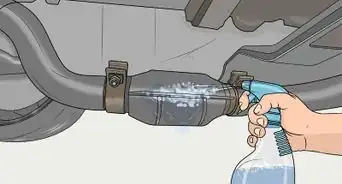
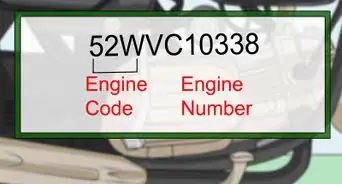

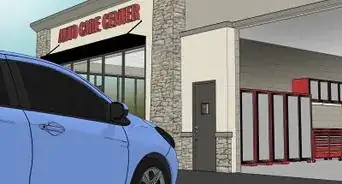
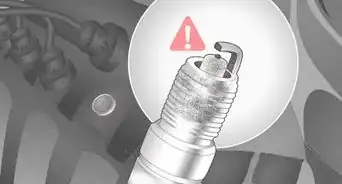
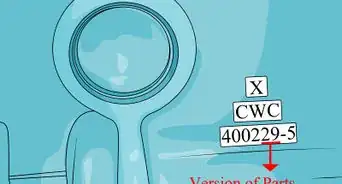

-Step-13.webp)
